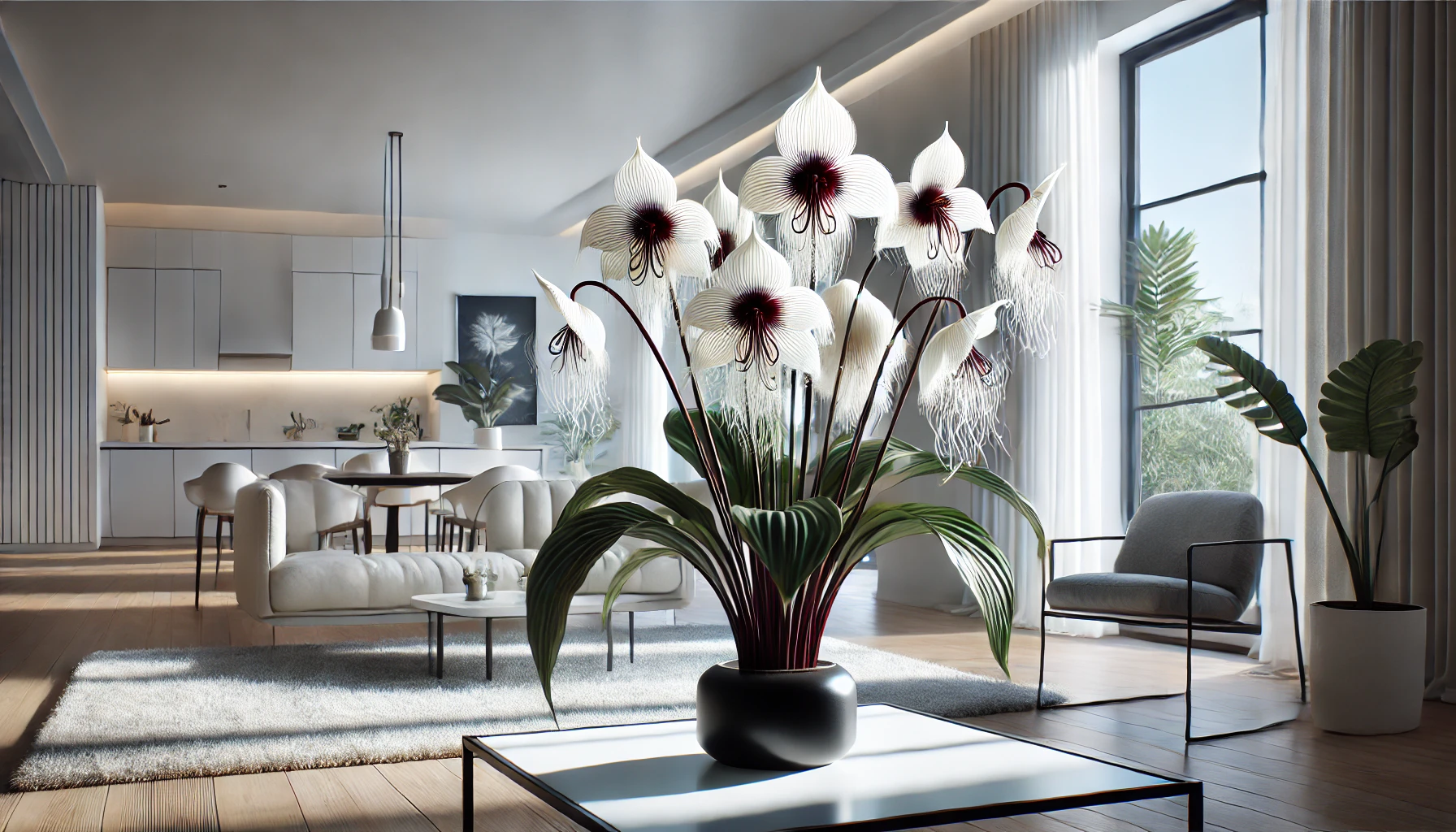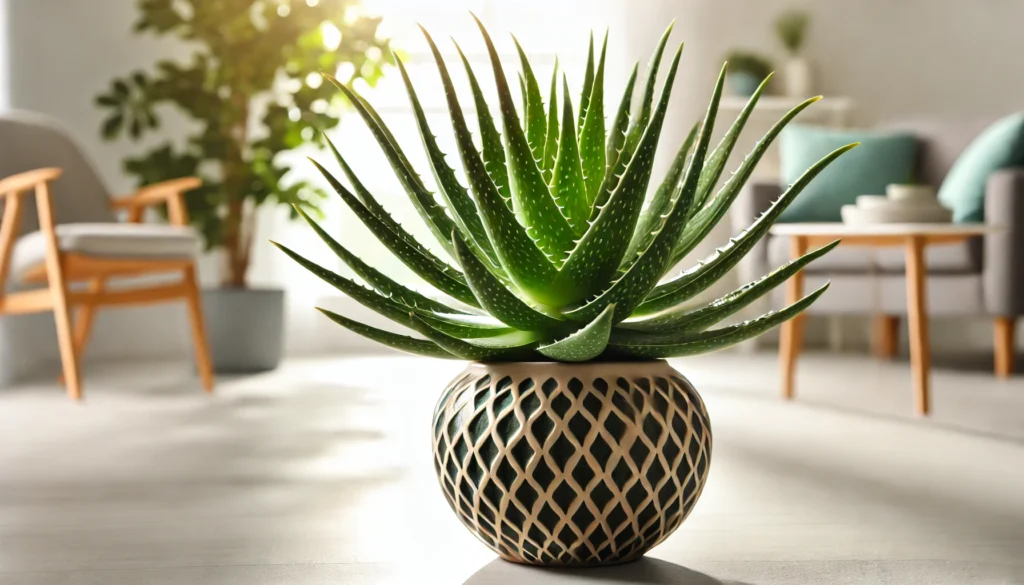
The Bat Flower, formally known as Tacca chantrieri, is an exotic and enigmatic plant that captivates with its unique, bat-shaped blooms and long, whisker-like filaments. This unusual plant can grow up to 2-3 feet tall and wide, making it a striking addition to any plant collection. With its dramatic appearance and fascinating blooms, the Bat Flower is sure to be a conversation starter in any home.
History and Ideal Growing Conditions
Native to the tropical regions of Southeast Asia, the Bat Flower thrives in the warm, humid understories of rainforests. It was first discovered by Western botanists in the 19th century and has since become a sought-after plant for collectors and enthusiasts. Its intriguing flowers, which resemble bats in flight, emerge from the lush, green foliage and can last for several weeks.
To grow the Bat Flower successfully, it’s essential to replicate its natural habitat. This plant prefers bright, indirect light and high humidity. It does best in a spot with plenty of filtered light, such as near a north or east-facing window, but it should be protected from direct sunlight, which can scorch its leaves. Consistent warmth and moisture are key to keeping this plant healthy and thriving.
Toxicity and Pets
Good news for pet owners: the Bat Flower is non-toxic to both cats and dogs. This makes it a safe addition to homes with curious pets who might be tempted to explore the plant. You can enjoy the beauty of the Bat Flower without worrying about the health of your furry friends.
Best Practices for Caring for the Bat Flower
Caring for a Bat Flower involves providing the right balance of water, humidity, soil, light, and temperature. Understanding these needs will help keep your plant vibrant and healthy.
Watering and Humidity
The Bat Flower prefers consistently moist soil, but it’s crucial to avoid waterlogging. Water the plant when the top inch of soil feels dry to the touch, ensuring the soil remains evenly moist but not soggy. To maintain high humidity, mist the plant regularly or place a humidity tray nearby. During the growing season, keep the soil evenly moist, but reduce watering in the dormant season (fall and winter).
Soil, Light, and Temperature
A well-draining potting mix is essential for the Bat Flower. A mix of peat, perlite, and orchid bark works well. These plants thrive in bright, indirect light; too much direct sunlight can scorch the leaves, while too little light can hinder blooming.
Bat Flowers prefer temperatures between 70-85°F (21-29°C). They are sensitive to cold drafts and sudden temperature changes, so keep them away from air conditioning vents and open windows during cold weather.
Common Problems and Remedies
Despite their beauty, Bat Flowers can encounter a few common issues. Yellowing leaves often indicate overwatering or poor drainage. Adjust your watering routine and ensure the pot has adequate drainage holes. If the plant isn’t blooming, it may be due to insufficient light or nutrient deficiency. Move it to a brighter location and consider feeding it with a balanced, water-soluble fertilizer during the growing season.
Pests such as spider mites, aphids, and mealybugs can occasionally infest Bat Flowers. Regularly inspect the leaves and treat any infestations promptly with insecticidal soap or neem oil to keep your plant healthy.
Propagation and Benefits
Propagating the Bat Flower is relatively simple and can be done through division or seeds. When repotting, carefully separate the plant’s rhizomes, ensuring each division has roots and at least one leaf. Plant the divisions in fresh soil and maintain appropriate care conditions to encourage growth. Alternatively, seeds can be sown in a warm, humid environment, although they may take several months to germinate.
Aside from their visual appeal, Bat Flowers can help improve indoor air quality by filtering out pollutants. Their unique and dramatic blooms make them a wonderful focal point in any indoor space, adding a touch of the exotic and mysterious.
Final Thoughts
Bat Flowers are a delightful addition to any plant collection, offering exotic blooms and a touch of mystery. With the right care, they can thrive and bring life to your home. Whether you’re a seasoned plant enthusiast or a beginner, the Bat Flower is sure to captivate and reward you with its beauty.
Stay connected with the world of plants! Subscribe to Phylofy for expert gardening tips, DIY projects, and eco-friendly inspiration. Join our community and nurture your love for nature. Don’t miss exclusive content and updates. Subscribe now!



